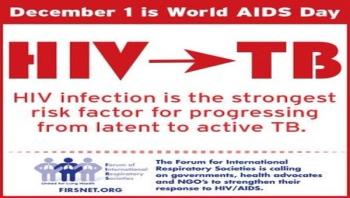
News



An analysis of 2,000-year-old human remains from several regions across the Italian peninsula has confirmed the presence of malaria during the Roman Empire, addressing a longstanding debate about its pervasiveness in this ancient civilization. The answer is in mitochondrial genomic evidence of malaria, coaxed from the teeth of bodies buried in three Italian cemeteries, dating back to the Imperial period of the first to third centuries Common Era.
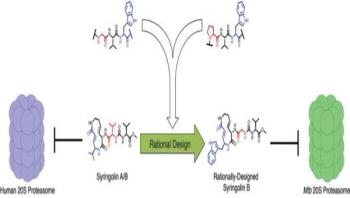
Part of the reason tuberculosis-causing bacteria are so good at colonizing the human body is that they have defenses against the body's immune system. A research team led by a Brown University chemist has developed a new compound that can take down one of those defenses in Mycobacterium tuberculosis. The researchers are hopeful that the compound could be part of a new drug strategy for treating tuberculosis.
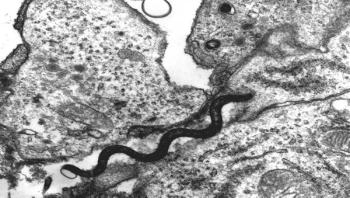
Syphilis has plagued humankind for over 500 years. After the first reported outbreaks struck Europe in 1495, the disease spread rapidly to other continents and swelled to a global pandemic. When treatment with the antibiotic penicillin became available in the mid-twentieth century, infection rates started to decrease dramatically. Strikingly, however, infection with the bacteria Treponema pallidum subsp. pallidum (TPA) has been re-emerging globally in the last few decades; more than 10 million cases are reported annually. Yet the reason for the resurgence of this sexually transmitted infection remains poorly understood.

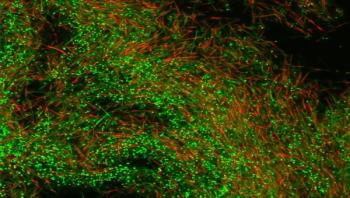
A world-first vaccine developed by Melbourne scientists, which could eliminate or at least reduce the need for surgery and antibiotics for severe gum disease, has been validated by research published this weekend in a leading international journal.
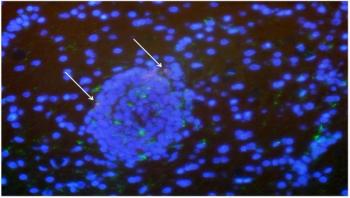
Combination drug treatments have become successful at long-term control of HIV infection, but the goal of totally wiping out the virus and curing patients has so far been stymied by HIV's ability to hide out in cells and become dormant for long periods of time. Now a new study on HIV's close cousin, simian immunodeficiency virus (SIV), in macaques finds that a proposed curative strategy could backfire and make things worse if the virus is in fact lurking in the brain.

It has been 15 years since OSHA promulgated its 2001 updated Bloodborne Pathogens Standard to include additional requirements from the 2000 Needlestick Safety and Prevention Act. It is important to remind ourselves that this was the first and only Act passed unanimously by Congress into Law. In such heated political times with a new Presidency looming in January, we reflect to a time a decade and a half ago that we all agreed that preventing injuries from contaminated sharps was something that brought us all together in solidarity.

ICT invited experts in infection prevention and control to share their perspectives on device-related infections.










Some of the roughly 1 million cases a year of the parasitic disease leishmaniasis don't fit with the standard definition of the disease--the patients have unusual symptoms and front-line medicines don't work. Now, researchers have discovered why many of these cases are so different--they're caused by parasites with distinct genetic variations. The finding, reported in PLOS Neglected Tropical Diseases, was made by studying patients in northeast Brazil but may hold true elsewhere around the world.

Scientists have created the first validated mathematical model of an important cellular defense mechanism against the bacterium Salmonella, according to a new study in PLOS Computational Biology. Worldwide, Salmonella is responsible for millions of infections and thousands of deaths every year. When Salmonella enters a human cell under certain conditions, a process called xenophagy may target the bacterium for destruction. Understanding how cells defend against Salmonella is essential to develop new treatments, but xenophagy is not yet well-understood.

Immune system cells known as cytotoxic T cells attack blood vessels and cause fatal swelling in the brains of mice with a condition that mirrors a severe complication of malaria in humans. These are the findings of a new study published in PLOS Pathogens.
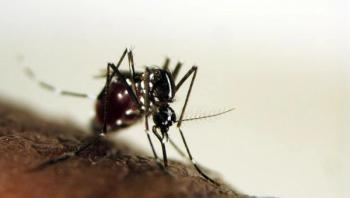
How many mosquitoes live in your neighborhood? How many mosquito bites have you and your neighbors gotten this week? Answering these questions--and gauging how mosquito populations change over time or after a control strategy is implemented--has historically been difficult. Now, researchers reporting in PLOS Neglected Tropical Diseases have described a blood test that can be used to assess human exposure to Aedes mosquitos. The test, which measures antibodies to an Aedes salivary peptide, showed decreased human exposure to mosquito bites after a vector control program.
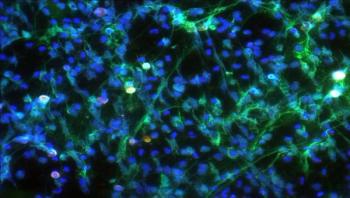
Until now, a pathogen's ability to move through the body has been overlooked as a possible trigger of immune response, but new research from the University of Georgia College of Veterinary Medicine found that motility will indeed alarm the host and activate an immune response. The team, led by Balázs Rada, an assistant professor in the department of infectious diseases in the UGA College of Veterinary Medicine, studied Pseudomonas aeruginosa, an opportunistic bacterium that can wreak havoc on patients who have a weakened immune system--like burn patients or those battling HIV, cystic fibrosis, cancer or pneumonia.



